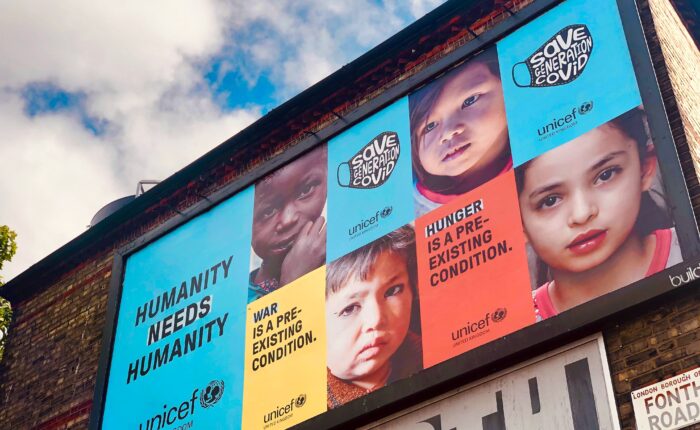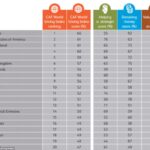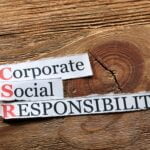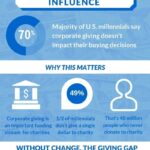There was a time when a corporation giving back to the community was considered an anomaly, but that time has passed. For-profit businesses are learning what private individuals and nonprofit organizations have always known:
The benefits of giving extend to the giver as well as the receiver.
Corporate Social Responsibility (CSR) can attract new employees, drive consumer purchasing, and even increase employee retention – especially among millennials. As CSR is becoming more normal and expected by consumers and employees alike, the structure of corporate giving will need to shift. Here are our predictions for how that’s going to shake out in the near future:
Giving Will Become Available to All Employees
Many large corporations give back by encouraging employees to join a volunteer team that supports a charity by employees giving their time to specific volunteer events. While the employees who take part in these efforts are positive about their experiences, it is normally only a small sample of the company’s workforce that participates.
These events, by their nature, are only able to support one charitable organization. Even if a corporation partners with a few different charities throughout the year, they won’t be able to be representative of the causes important to the entire company. Why does that matter?
Corporate giving correlates with higher employee retention and satisfaction, provided the employee’s core values align with the core values of the chosen charity. Employees want to give back to the causes they hold dear and businesses will want to provide them with the means to do so. How else will companies know what truly matters to their workforce as a whole?
More Employees Will Get Involved
While there are over 1.5 million non-profit organizations in the United States, less than 3% of these organizations account for 90% of nonprofit revenue annually. Many of the smaller charitable organizations are supported by those who have a personal connection to their cause. For example, while many people give to the American Cancer Society, someone with a family member affected by multiple myeloma (a rare, but fatal blood cancer) may be more likely to give to a smaller, more specific charity such as the Multiple Myeloma Research Foundation if given the chance.
As employees are able to give to the causes most important to them, we will see two changes. First, the percentage of employees participating in CSR efforts will increase. Second, corporate charitable giving will diversify, spreading the love to a variety of organizations that resonate deeply with employees.
More and More Companies Will Want to Offer Giving (but not know where to start)
Given the clear benefits to employers and employees, we’ll see more companies that want to begin offering giving or change the structure of their current CSR efforts. Without a roadmap, however, they will be looking for resources, like WorkHero, that can provide a simple, easy way to adjust their corporate giving model to accommodate more employees and more causes. As it becomes clear that this type of solution is in demand, we expect to see more opportunities, tools, and ways to meet that need.
You’ll See a Lot More Companies With Giving as a Core Value
TOMS and Miscoots are innovators in the field of making giving back a core value. Both companies have committed to give back with every single consumer purchase in a bold and significant way. It’s fairly common to give a percentage of profits from each sale go to charity, but TOMS and Miscoots both use a one-for-one model of giving—unique from many other types of corporate giving. For every TOMS pair of shoes or Miscoots gear you purchase, the company will give an equal item (shoes or equivalent gear) to someone in need.
As individual contributors become more savvy about giving, they are asking for transparency as to how their donations are used. Nonprofits who can show they use the majority of their gifts to directly support causes are often preferred over those who use them for administrative overhead. The brilliance of the one-for-one strategy is that consumers are automatically givers and they know exactly what their contribution supports and how. The success and popularity of these companies demonstrate that this is more than sustainable; it’s a beneficial and desirable business model. We expect to see more companies take on giving as a core value and incorporate CSR efforts into day to day business in an impactful and transparent way.
Conclusion
Corporate giving is changing is for the better. Companies who provide ways for all employees to give back to causes near and dear to them will see clear benefits. At Encast, we can help you make giving simple, accessible, and customizable for your employees with WorkHero. We make it easy to improve your company culture while you change the world with WorkHero.
{{cta(‘a67601ab-319d-467e-8100-a2ba0d006d8f’)}}



































































































































